As a company, managing finances when distributing Eid allowances to employees is an integral part of financial management strategy. Eid allowances are a form of appreciation from the company to employees for their dedication and contributions throughout the year.
Protect Your Payroll Data with Jack Finance
However, smart and effective management of these funds is necessary to not only benefit employees but also maintain the company’s financial stability.
In this article, we will explore the steps that companies can take to manage finances when distributing Eid allowances to employees.
1. Careful Budget Planning
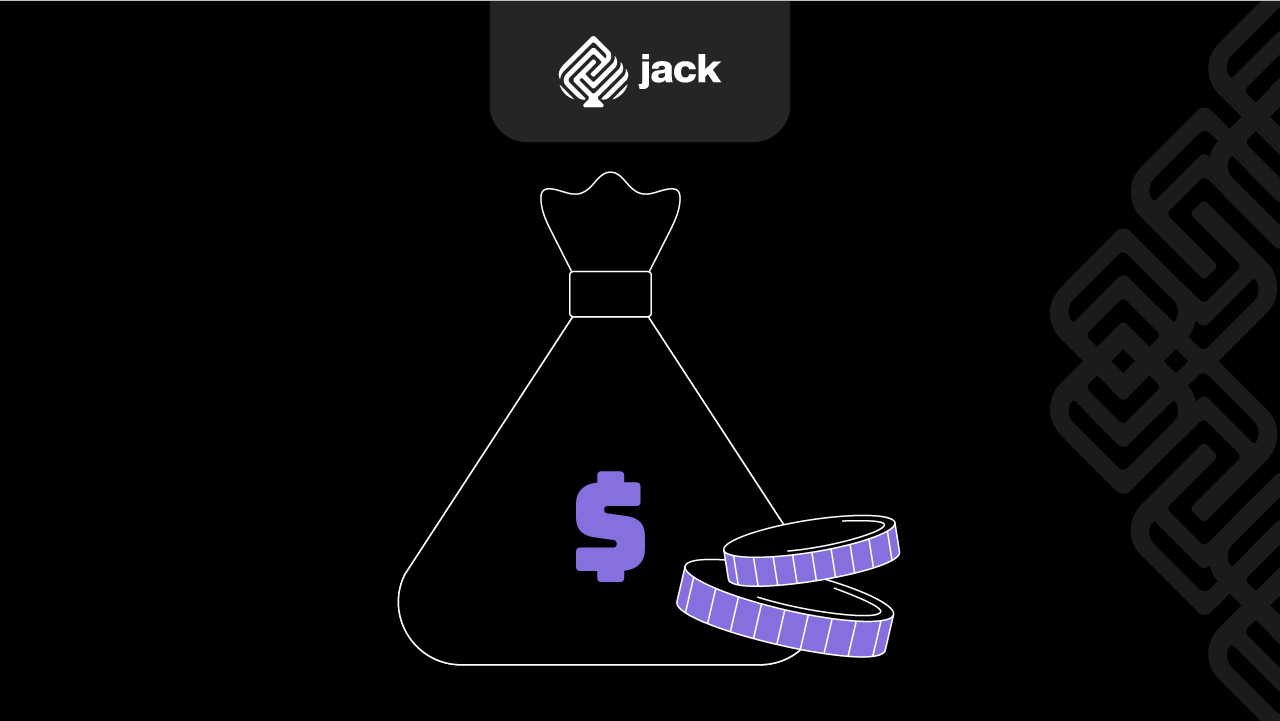
The first step for companies is to create a careful budget plan for Eid allowances.
This involves determining the amount of funds to be allocated for these allowances based on the company’s financial capacity.
See Also Corporate Credit Card: Definition, Types, Benefits, and How Cards Work for Startups
The budget should not only include the total amount to be distributed but also aspects such as related taxes and administrative costs.
2. Transparency and Clear Communication
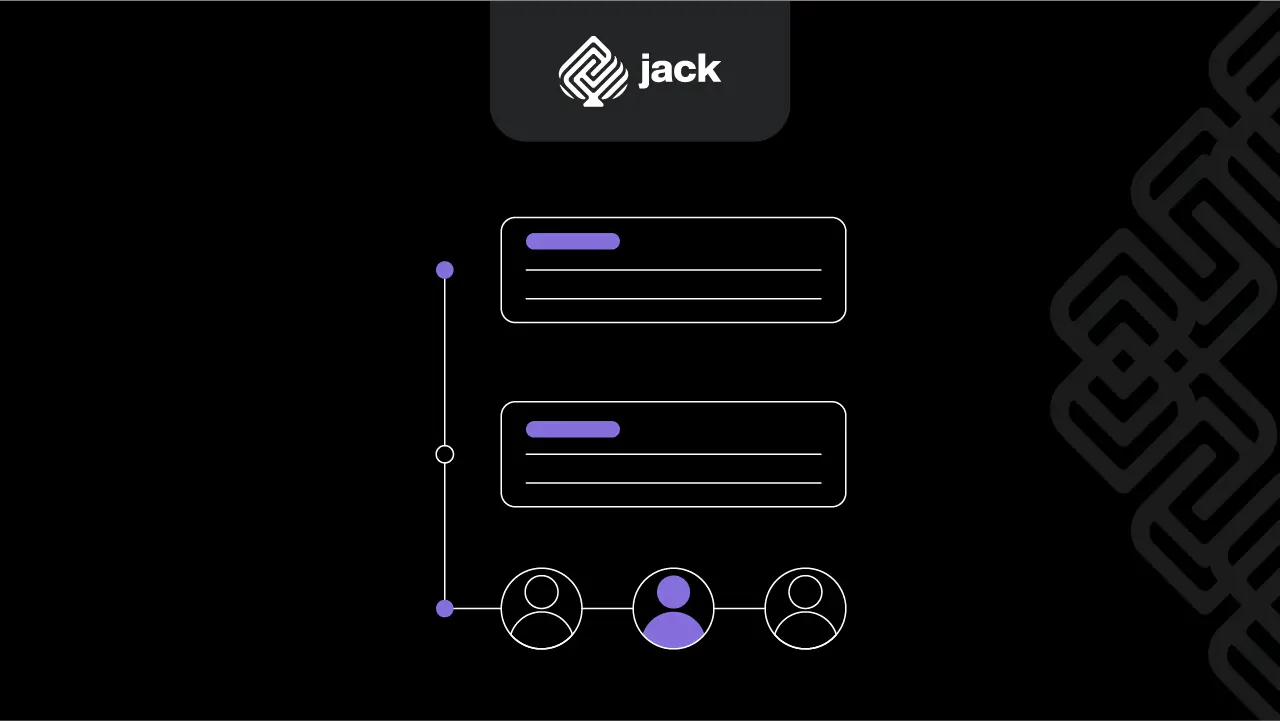
It is important for companies to maintain transparency and clear communication with employees regarding the Eid allowance distribution process.
Employees should be provided with clear information about the amount of allowance they will receive, when payments will be made, and other relevant factors. This will help avoid confusion or dissatisfaction among employees.
3. Prioritize Employee Needs
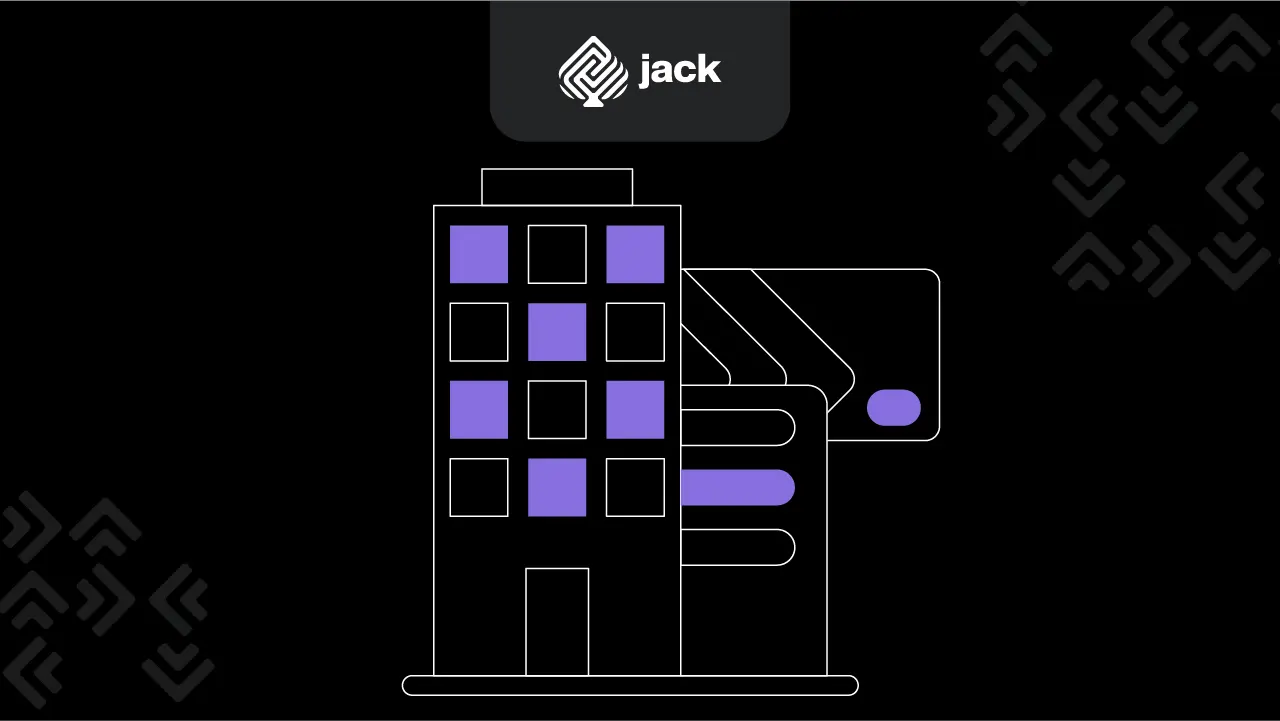
When allocating Eid allowance funds, companies should prioritize employee needs.
This may involve considering factors such as cost of living, family responsibilities, and other specific needs.
By ensuring that the allowance covers employees’ basic needs, the company can strengthen positive relationships with their team.
4. Consider Non-Monetary Alternatives
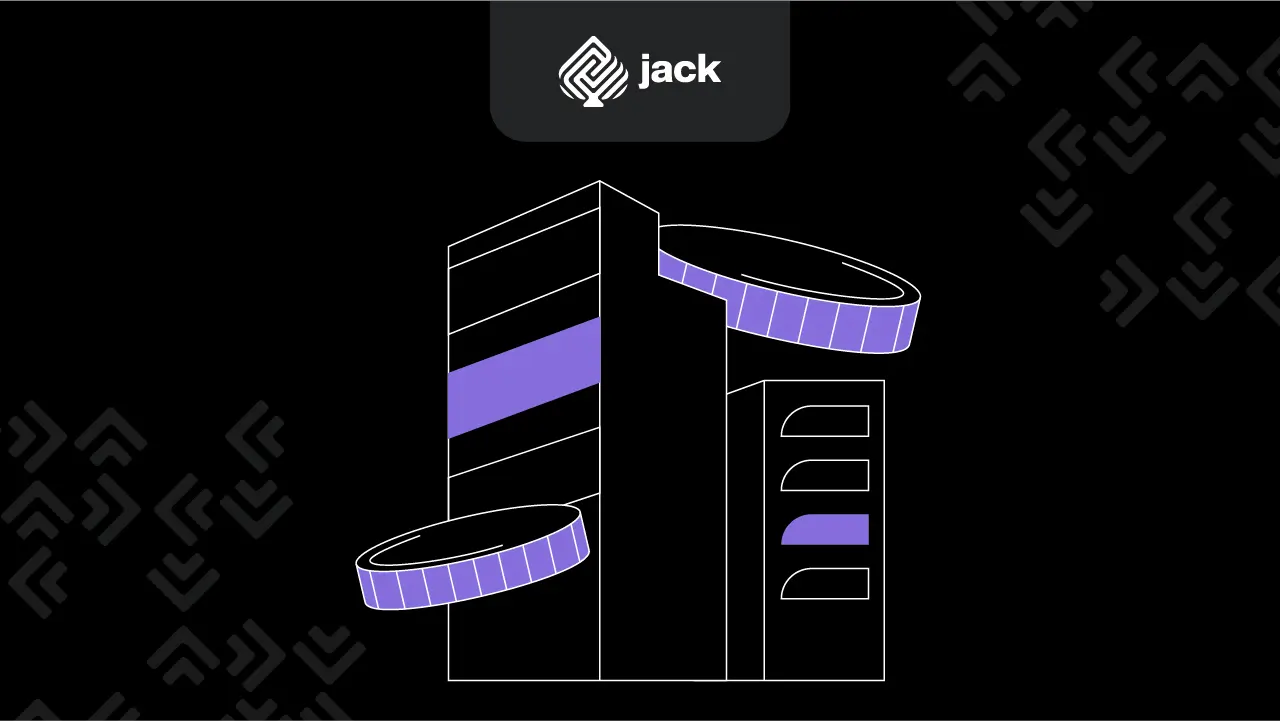
In addition to cash allowances, companies can also consider non-monetary alternatives as part of the Eid allowance package.
This could include gifts, performance bonuses, or other benefits that can enhance employee satisfaction.
By providing a variety of options, the company can meet the diverse needs of their employees.
5. Post-Distribution Evaluation and Reporting
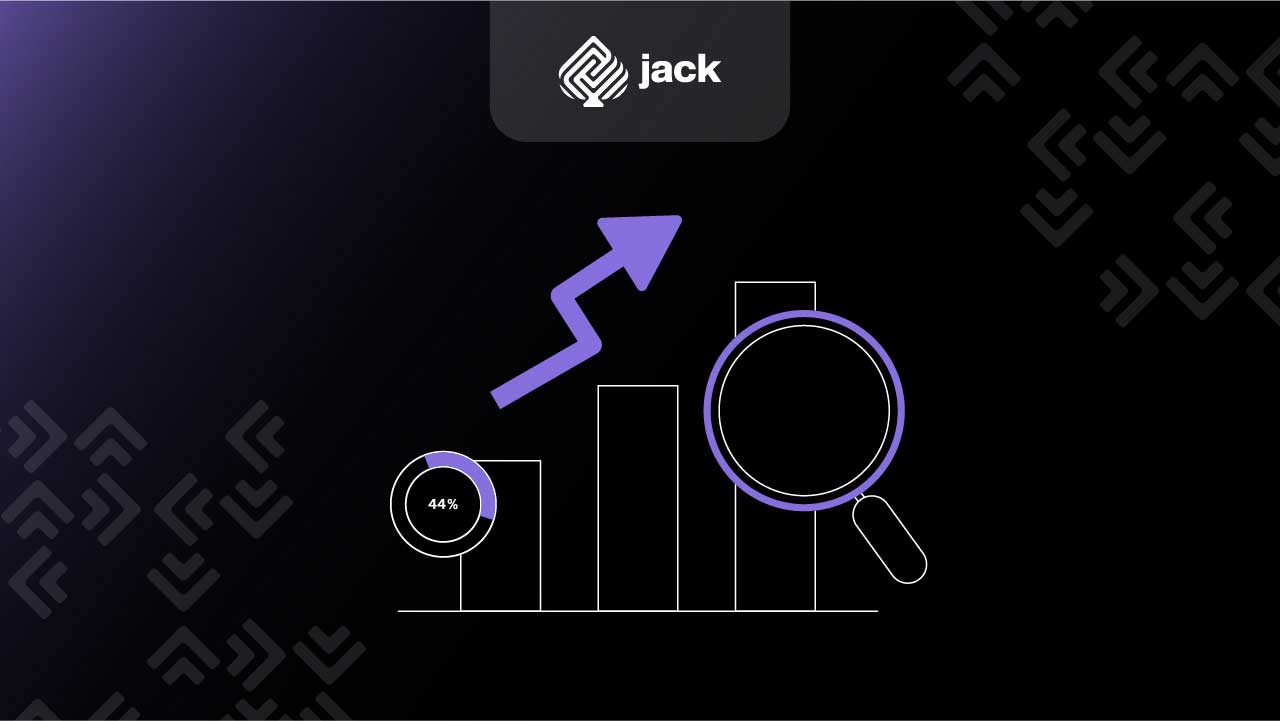
After distributing Eid allowances, it is important for companies to conduct post-distribution evaluation and reporting.
This involves reviewing the allocated budget, evaluating the impact of allowance distribution on the company’s finances, and identifying areas for improvement for future years.
Clear and transparent reporting on allowance expenditures will help ensure financial accountability and integrity.
Managing finances when distributing Eid allowances is an important aspect of company financial management.
Use Jack for your business needs
By engaging in careful budget planning, maintaining transparency and clear communication, prioritizing employee needs, considering non-monetary alternatives, and conducting post-distribution evaluation, companies can ensure that Eid allowances not only benefit employees but also contribute to the overall financial success of the company.






